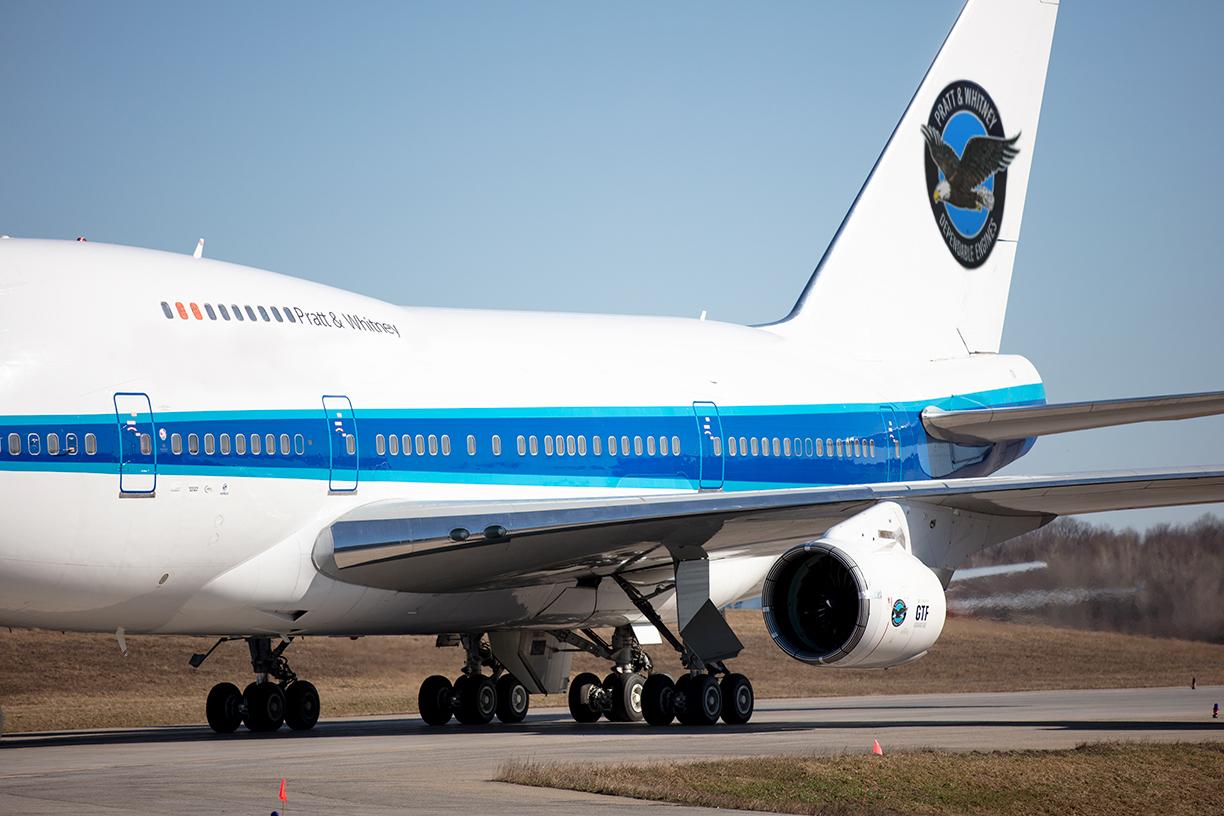
FARNBOROUGH—Pratt & Whitney has begun FAA certification testing of the GTF Advantage, an upgraded version of the baseline PW1100G geared turbofan targeted at higher thrust and lower fuel burn.
The engine-maker says the Advantage, which will be rated at up to 34,000-lb. thrust, continues to be run through extensive endurance testing to ensure product maturity at entry into service. More than 2,000 hours of development and certification testing have been completed to date.
Pratt says the Advantage will be the most powerful option available on the Airbus A320neo family from its targeted debut of early 2024 onward. FAR33 certification testing of the engine will continue later this year on the company’s Boeing 747SP flying test bed in Mirabel, Canada. “The engine will also start aircraft-level validation testing on the A320neo development aircraft in Toulouse, France,” a Pratt statement reads. Certification is expected around mid-2023.
Major changes to the baseline configuration include increased core airflow, particularly through aerodynamic modifications to the three-stage low-pressure compressor that boost available thrust and provide a 1% fuel consumption benefit, Pratt says. In addition, the package re-matches the flow with the turbines by changing the frontal area of the two-stage high-pressure turbine and the three-stage low-pressure turbine.
The new standard engine will be interchangeable with the current production version—which it will displace from around late 2023 on the assembly line. The engine-maker says the new variant can also be paired with the existing PW1100G. Intermixing of the cooler running Advantage with the current PW1100G at derated thrust settings will also increase time on wing, reducing maintenance costs, the company says.

